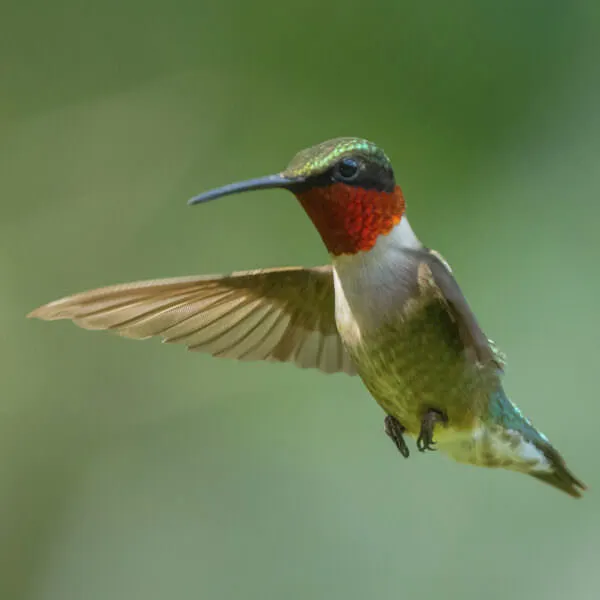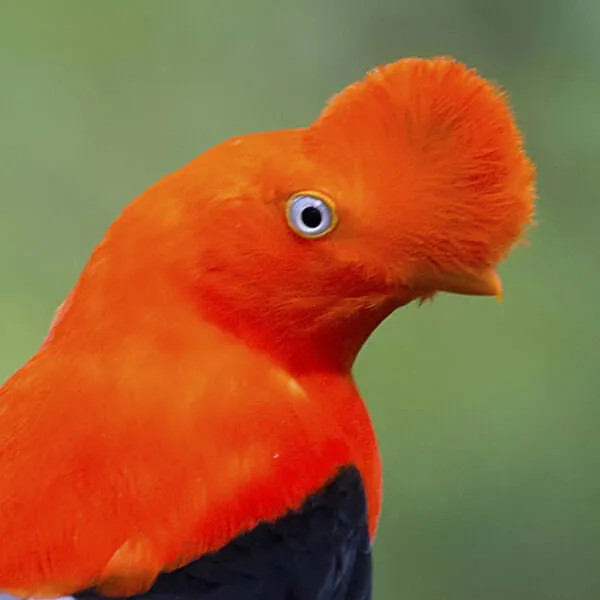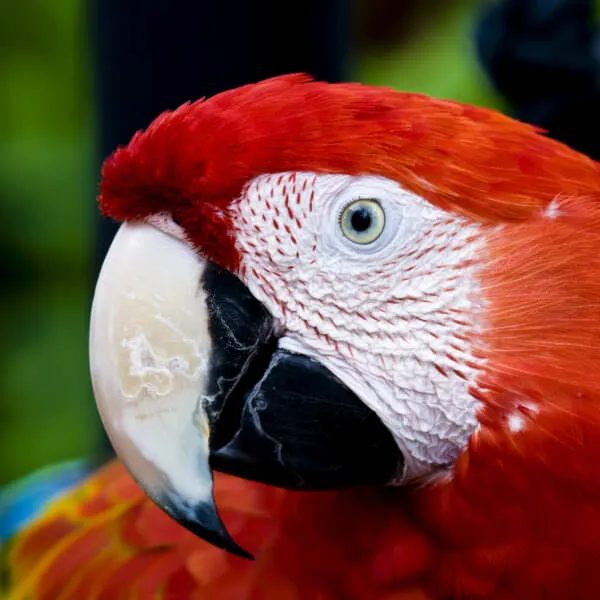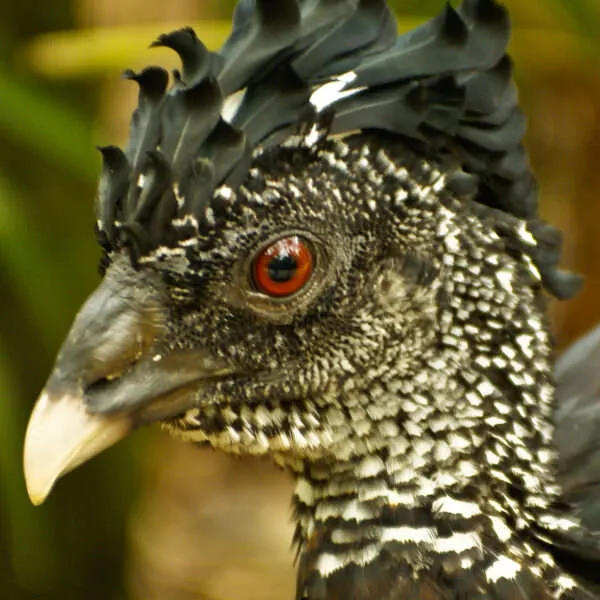Anatomy
African grey parrots have an uncanny ability to mimic speech. They grow to be up to 13 inches in length, and are Africa’s largest parrot. Their plumage can be various colors of grey, usually slightly darker on the wings and back, with a dramatic crimson tail. Like most parrots, the African grey has a hooked beak that is incredibly strong.
While few facts are known about wild African grey parrot courtship, it is known that they are monogamous. The average clutch, or number of eggs laid in one nest, for the African grey is two to four eggs. The female incubates them alone, while her mate brings her food. After they hatch, both the male and female tend to the chicks.
We're All In
Together, we're building a future where people and nature thrive. Sign up today and join our movement...
Habitat
African greys are found throughout the lowland rainforests in western and central Africa. While they prefer to inhabit the rainforest, they have also been seen on forest edges, within gallery forests (which are forests located alongside streams or rivers), and in gardens. They communicate with each other through high-pitched screams and clear whistles. At night they move away from feeding areas and roost together in groups; it is common to see over 100 birds perched in one tree! They prefer to roost high up in tree tops, especially perched on oil palm fronds.
Diet
Climbing up a tree from branch to branch, instead of flying, the African grey collects seeds, nuts, fruit, and berries. These vegetarians are especially fond of eating the outer layer of the oil palm nut as well as the red berries from the Cola tragacantha.They have also developed a taste for grain and can do a great deal of damage to the maize crops planted in western Africa.
Threats
The African grey parrot became listed as ‘near threatened’ in 2007 due to its popularity in the pet industry. It is the most popular avian pet in Europe, the US, and the Middle East due to its incredible ability to mimic the human voice as well as its long lifespan. It is thought that up to 21% of the global population is harvested every year. That, combined with the ongoing loss of habitat in Africa, is causing a moderately rapid decline in population.
Sources
- Jukofsky, Diane. Encyclopedia of Rainforests. Connecticut: Oryx Press, 2002.
- «The African Grey Parrot,» The Honolulu Zoo website, 2007.
- World Association of Zoos and Aquariums
- The IUCN Red List of Threatened Species



